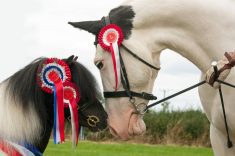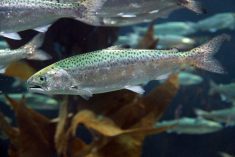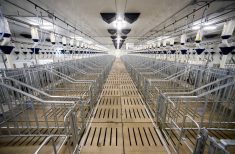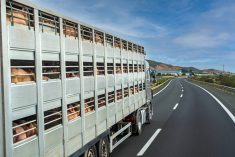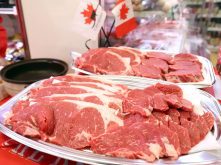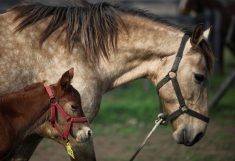The livestock industry in the Netherlands has had to make a lot of changes to comply with growing public pressure for more environmentally sustainable and humane practices.
But it hasn’t had to do it alone. That fact was inescapable during a recent whirlwind tour of Netherlands livestock operations by a Canadian delegation, courtesy of the Dutch Embassy in Washington, D.C.
Public and private researchers, government, retailers and notably — animal welfare groups — have worked with farmers to bring about changes that are more sustainable for producers as well as society.
Read Also
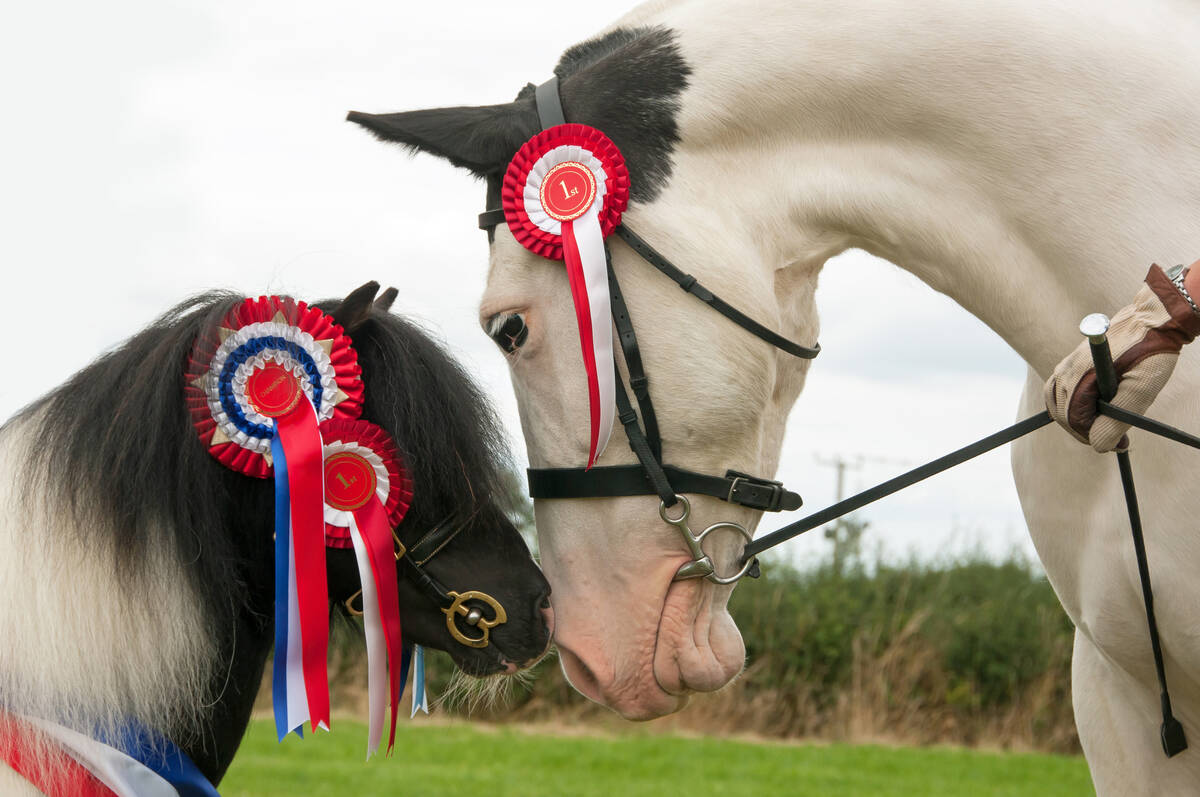
Linebreeding horses drives genetic bottlenecks
Too much linebreeding and prioritizing pedigree can narrow genetic diversity and lead to horse health problems in future generations.
Success has come from recognizing and supporting the need for marketplace incentives. In fact, producer groups have been adamant that they don’t want government subsidies to help them change.
“If someone wants extra demands it’s OK, but do it in market concepts,” said Annechien ten Have Mellema, former chair of the country’s pig farmer association.
And while the results are impressive, with Dutch regulations arguably the highest in the world, it hasn’t been easy.
For example, the pressure from animal welfare groups was intensifying in the early 2000s to either offer pain control to piglets before castration or eliminate the practice altogether.
“Our pig farmers are the same as in Canada; there is much resistance to getting rid of castration,” said hog farmer and former industry leader Gerbert Oosterlaken.
“In approximately 2001-02, we first discussed not castrating and then everyone exploded (saying) that it couldn’t be done,” he said.
The Netherlands agriculture sector, like Canada’s, depends on exports. But unlike Canada, it has a dense population of both people and livestock.
Marc Jansen, director of the Dutch Retail Association, which represents all of the major grocery chains in the Netherlands, said his members were pressured by animal welfare advocates on the castration issue, and at first, responded with a program to help pig farmers finance the cost of anesthesia devices at about 1,000 euros per farm.
A three-million-euro fund was established but it proved administratively unwieldy. Plus the fact when retailers tried to recoup their costs by upping the price of pork a little, red flags were raised with competition bureau regulators.
It became clear the best way to move forward was by eliminating the practice altogether. So, supermarkets have decreed that in 2014 they will move away from buying the meat from castrated pigs.
It’s not as though farmers enjoy castrating pigs. The intact males grow faster on less feed and their meat is leaner. The concerns for producers were boar taint reducing meat quality, and maintaining production efficiency while managing intact male pigs.
In recent years, slaughterhouses have invested in expertise to detect boar taint on the carcasses and streaming those carcasses into processed meats such as sausage.
Hog breeders began researching the genetic equation, selecting for pigs less likely to carry those tendencies. Barn management practices changed.
As a result, the number of carcasses pulled out for special processing has dropped to between two and five per cent. Producers are no longer discounted for boar taint.
In 2010 only five per cent of producers had moved away from boar castration. In 2013 more than 50 per cent of pigs produced were no longer castrated.
Jansen said retailers grew tired of dealing with lobbyists on single issues and decided to work with credible animal welfare organizations, environmental groups and farmers to develop their own sustainable meat initiative.
The result is a three-star system for meat, dairy and poultry products, which provides clear minimum standards for production practices.
For example, in pork production one star means the pigs are given more space, are not castrated, docked or clipped; they are provided with enrichment such as toys or straw and endure shorter travel times to market. By 2015, the aim is to reduce antibiotic use by 70 per cent relative to 2009 levels.
In poultry, the star system will require producers to switch genetics to a slower-growing bird, cut antibiotic use and incorporate lower stocking densities. There are also standards for lower methane, phosphorus and dust emissions.
To qualify for a two-star label, the animals must be given access to the outdoors. Three stars are awarded to certified organic production.
The three-tiered system gives consumers choices and sets clear parameters for a value chain that compensates farmers for their extra management and facility investments. It has also provided incentives to inventors and researchers to develop new options.
The transformation of animal industry in the Netherlands is still a work in progress. But it’s an example Canadian animal industry should explore.



